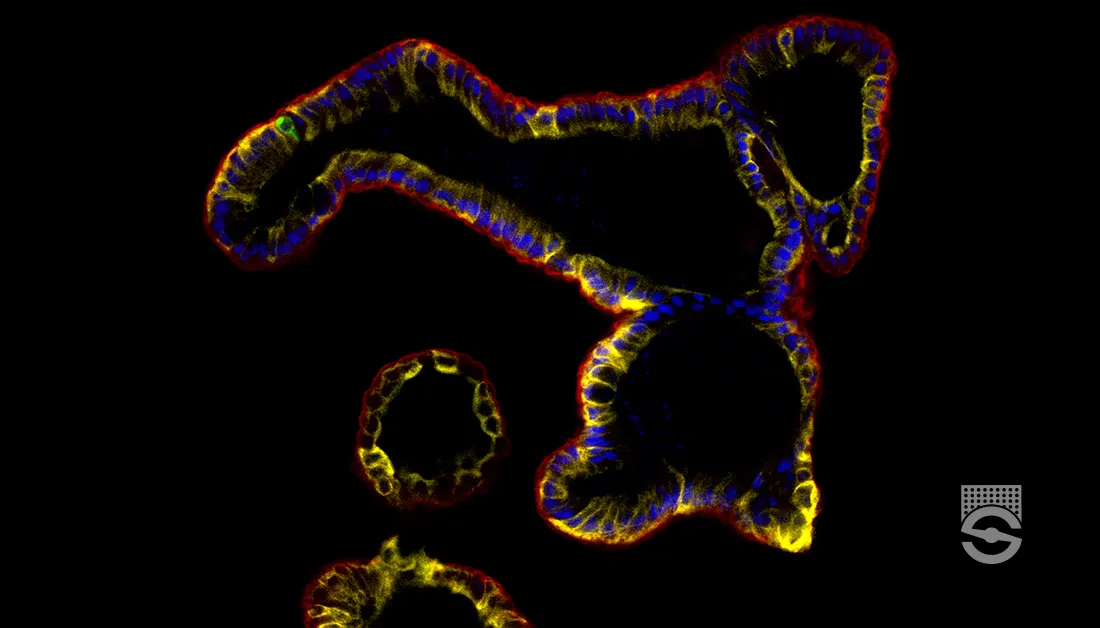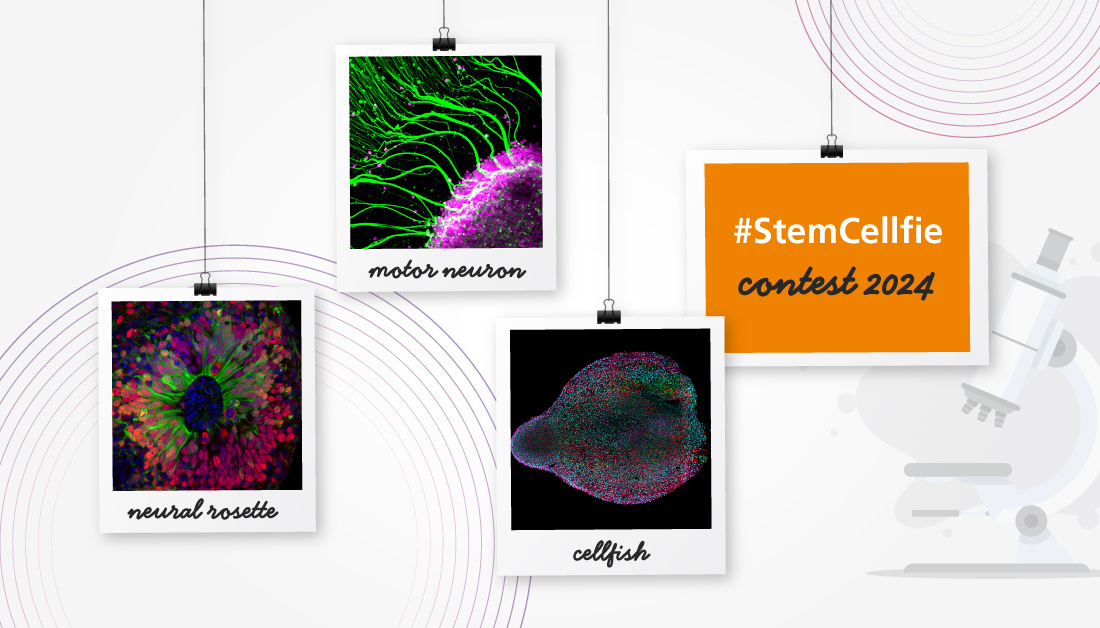Zimmerman's Impregnation
for Reticulin in Decalcified Tissue
Materials
- Silver nitrate, 10% aqu.
- Silver nitrate, 3% aqu.
- Strong ammonium hydroxide (s.g. 0.88)
- Sodium hydroxide, 10% aqu.
- Formalin, 10% aqu.
- Yellow gold chloride, 0.5% aqu.
- Sodium thiosulphate, 5% aqu.
Preparation of Zimmerman’s Ammoniacal Silver
- Place 25 mL of 10% aqueous silver nitrate in a flask.
- Add 10% aqueous sodium hydroxide until no more precipitate forms (with a Pasteur pipette).
- Add strong ammonium hydroxide by drops until the precipitate just dissolves.
- Dilute to 100 mL with distilled water.
Tissue Sample
5µ paraffin sections of neutral buffered formalin fixed and acid decalcified tissue are suitable. Other fixatives are likely to be satisfactory. A section adhesive is recommended.
Protocol
- Bring sections to water via xylene and ethanol.
- Place in 3% silver nitrate for 2 days.
- Wash with distilled water.
- Place in ammoniacal silver solution until sections are yellow-brown.
- Rinse with distilled water.
- Place in 10 formalin until sections are dark brown.
- Wash with distilled water.
- Tone with 0.5% gold chloride until sections are grey-black.
- Wash with distilled water.
- Fix in 5% sodium thiosulphate for 1 hour.
- Wash well with running tap water.
- Dehydrate with ethanol, clear with xylene and mount with a resinous medium.
Expected Results
- Reticulin fibres – black
- Background – grey
Notes
- Ensure that the strong ammonium hydroxide is fresh and full strength. Keep well stoppered when not in use. Pour sufficient for use into a beaker, then immediately restopper the bottle. Do not return unused solution to the stock bottle.
- Improperly made ammoniacal silver solutions can affect the quality of the impregnation. There should be a faint, persistent opalescence, with only a faint smell of ammonia.
- Toning is a variable step. Untoned sections give dark brown reticulin fibres on a paler brown background. Many microscopists prefer to tone for about 15 seconds to produce brown-black reticulin fibres on a pale grey-brown background. Others tone longer (a few minutes) to produce black reticulin fibres on a grey background. Longer toning produces purple tones. Tone according to the personal preference of the microscopist reviewing the slides.
- This method is a modification of Studricka’s technique using a shorter time in silver nitrate (step 2), and a more dilute ammoniacal silver solution (step 4).
Safety Note
Prior to handling any chemical, consult the Safety Data Sheet (SDS) for proper handling and safety precautions.
References
- Gray, Peter. (1954)
The Microtomist’s Formulary and Guide.
Originally published by: The Blakiston Co.
Republished by: Robert E. Krieger Publishing Co.





